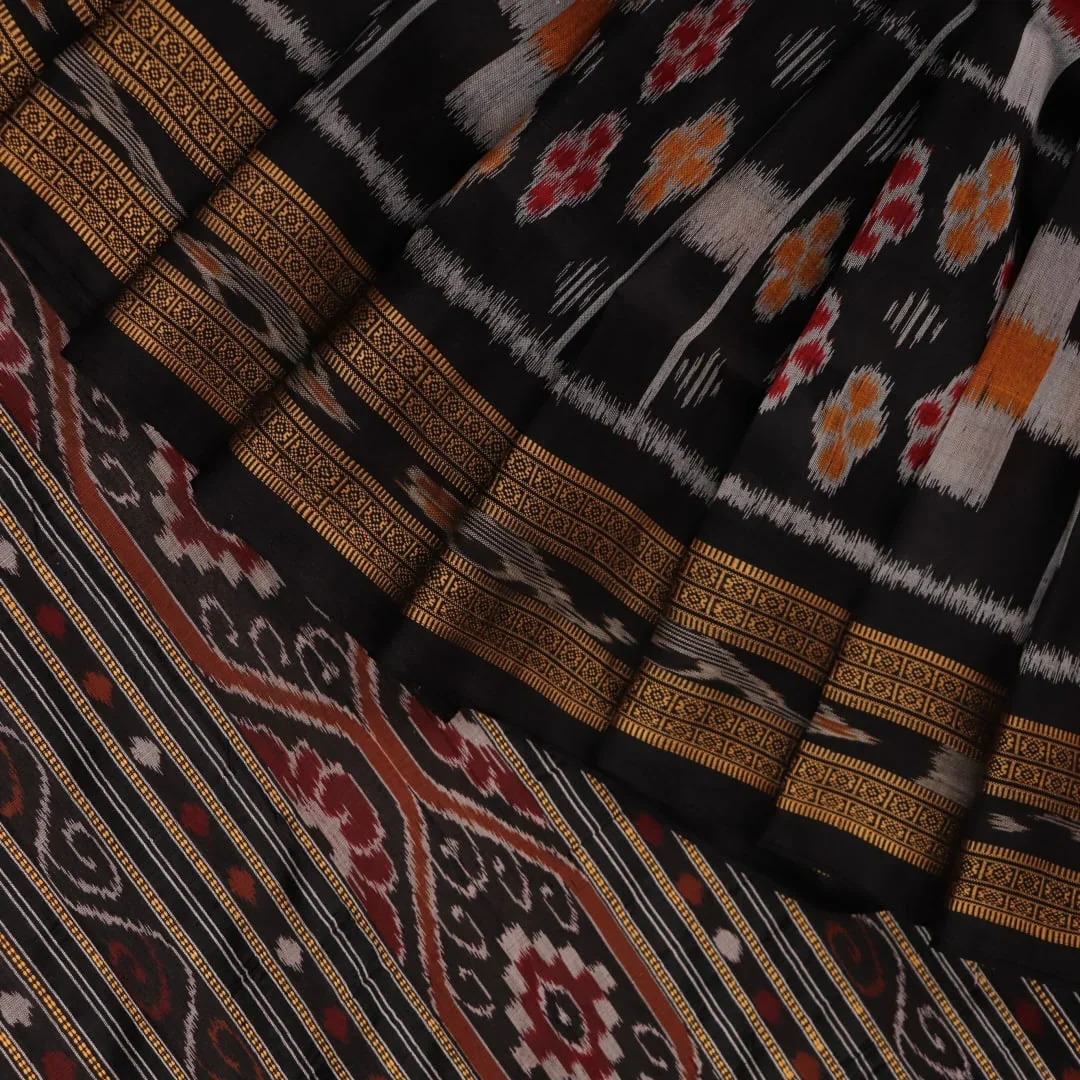
Odisha, formerly known as Orissa, is a state located on the eastern coast of India. It is known for its rich cultural heritage, diverse traditions, ancient temples, and natural beauty. The state is bordered by the Bay of Bengal to the east, West Bengal to the northeast, Jharkhand to the north, Chhattisgarh to the west, and Andhra Pradesh to the south.
Odisha has a long and storied history that dates back to ancient times, and it has been a hub of art, architecture, and religion. The state’s capital is Bhubaneswar, often referred to as the “Temple City of India,” known for its grand temples and historical significance. The state also boasts several ancient cities like Cuttack, which is one of the oldest cities in the region.
Odisha has a coastline of about 485 kilometers along the Bay of Bengal. The state’s landscape is diverse, with lush forests, hills, rivers, and beaches. Major rivers such as the Mahanadi, Brahmani, and Baitarani flow through the state, contributing to its fertile land and agricultural economy. The state’s climate is tropical, with hot summers, a rainy monsoon season, and mild winters.
Historical Facts of Odisha
Ancient History:
- Odisha has been an important part of Indian history for thousands of years. In ancient times, it was known as Kalinga, a region mentioned in the Mahabharata and the Puranas.
- The Mauryan Emperor Ashoka famously fought the Kalinga War around 261 BCE, which resulted in a devastating loss of life. Ashoka, deeply moved by the aftermath of the war, converted to Buddhism and advocated for peace and non-violence.
- The region was part of various dynasties, including the Mauryas, Guptas, and later, the Shailodbhavas and Bhanjas, who ruled in different periods.
Kalinga Empire (Up to 7th Century CE):
- The Kalinga region was once a powerful kingdom, thriving with trade and culture. The Kalinga Navy was significant in maritime trade across the Bay of Bengal, and the region was known for its artistic achievements.
- The Kalinga War, fought in 261 BCE between Ashoka and the Kalinga Kingdom, was a turning point in history. The war was so brutal that it led Ashoka to renounce violence and adopt Buddhism.
The Gupta Period (4th to 6th Century CE):
- During the Gupta Empire, Odisha was part of the cultural and intellectual flourishing in India. Though the Guptas controlled vast parts of India, Odisha remained an independent region under local rulers.
- The Gupta period also saw the rise of Sanskrit literature, and Odisha’s temple architecture began to take its current shape.
Early Medieval Period (7th to 13th Century):
- The Bhanja dynasty ruled Odisha in the 7th to 13th centuries and is known for the development of the famous Kalinga-style architecture, including the construction of temples, like the Sun Temple at Konark.
- The Eastern Ganga dynasty (12th-15th centuries) played a crucial role in Odisha’s history, during which the famous Jagannath Temple at Puri was built.
Medieval Period (14th to 16th Century):
- During this period, Odisha saw the influence of Islamic rulers, though local Hindu dynasties like the Ganga and Bhoi continued to rule the region.
- The Bhoi Dynasty ruled from 1450 to 1575, during which the state saw both cultural growth and conflicts with the growing Islamic Sultanates in India.
The Mughal and Maratha Influence (17th to 18th Century):
- Odisha came under Mughal rule in the 16th century, though the Mughals never fully controlled the region. The Marathas took control of the coastal areas in the 18th century after the decline of the Mughal Empire.
- Chilika Lake became an important trade and cultural hub during this time.
Colonial Period (19th to 20th Century):
- Odisha was annexed by the British East India Company in 1803 after the defeat of the Marathas, and it became part of British India.
- The state’s people fought for independence during the Indian Freedom Struggle, with notable leaders like Laxman Naik and Surendra Sai leading resistance movements.
- Odisha became an official state in the newly independent India in 1947.
Post-Independence:
- After India gained independence in 1947, Odisha saw significant development in education, culture, and infrastructure.
- The state became officially known as Odisha in 2011, with a change in the spelling from Orissa. The name “Odisha” is believed to be derived from the ancient name Odra Desa.
Culture and Traditions
- Odisha is known for its art, architecture, dance, and music. The most famous classical dance form associated with the state is Odissi, one of the eight classical dance forms of India.
- The Jagannath Rath Yatra is one of the largest religious festivals in the world, held annually in Puri, drawing millions of pilgrims.
- Odisha is home to the Konark Sun Temple, a UNESCO World Heritage Site, famous for its intricately carved stone structures in the shape of a massive chariot.
- The state’s handicrafts, like Pattachitra paintings, silver filigree, ikat textiles, and stone carvings, are also widely recognized.
Tourism
Odisha is famous for its beaches, temples, and natural beauty. Some of the popular tourist destinations in Odisha include:
- Puri (Jagannath Temple, Golden Beach)
- Konark (Sun Temple)
- Bhubaneswar (Lingaraj Temple, Khandagiri and Udayagiri Caves)
- Chilika Lake (a major brackish water lagoon and bird sanctuary)
- Dhenkanal, Keonjhar, and Sambalpur for their natural landscapes and tribal cultures.
Odisha remains a vibrant state, where tradition blends seamlessly with modernity, and it continues to contribute significantly to India’s cultural and historical landscape.
INDIAINNINGS
Campaigns
- Diwali Special
- Independence Day Celebrations
- Holiday on Holi day
- New Year Specials
Help
- Order Tracking
- Terms & Conditions
- Privacy Policy
- Tutorials
- FAQ
Help
- Facebook Chat
- Whatsapp Help
- E-mail Support
- Contact



